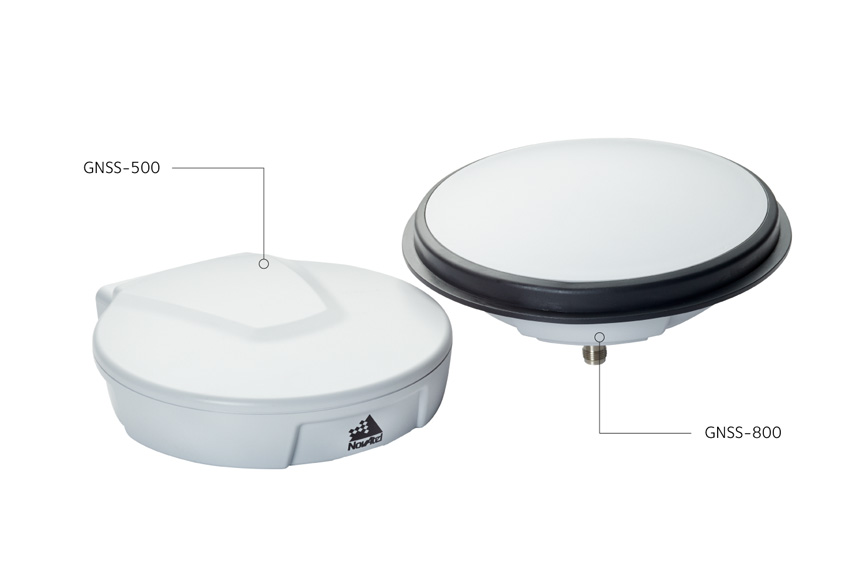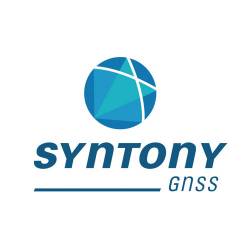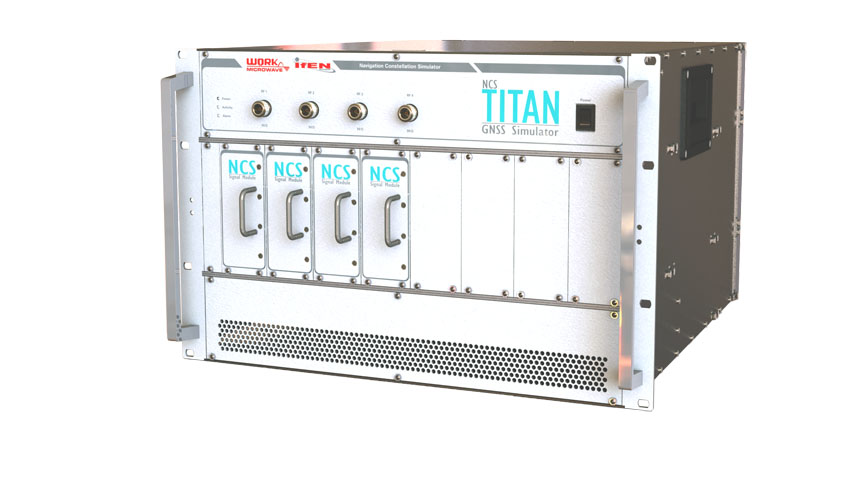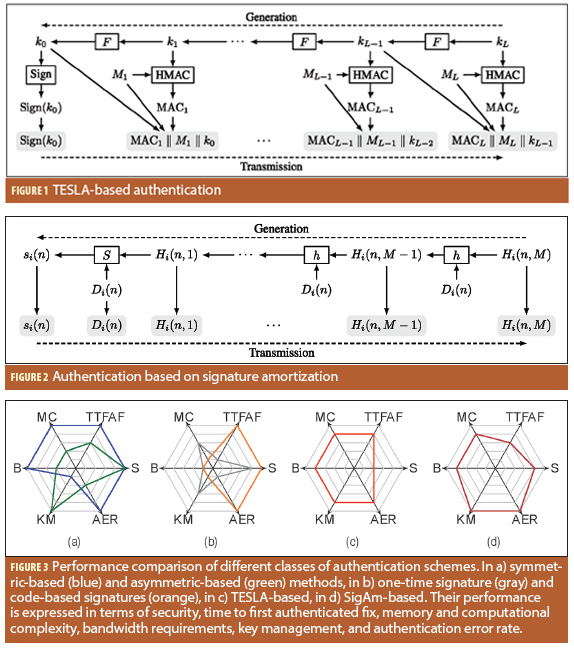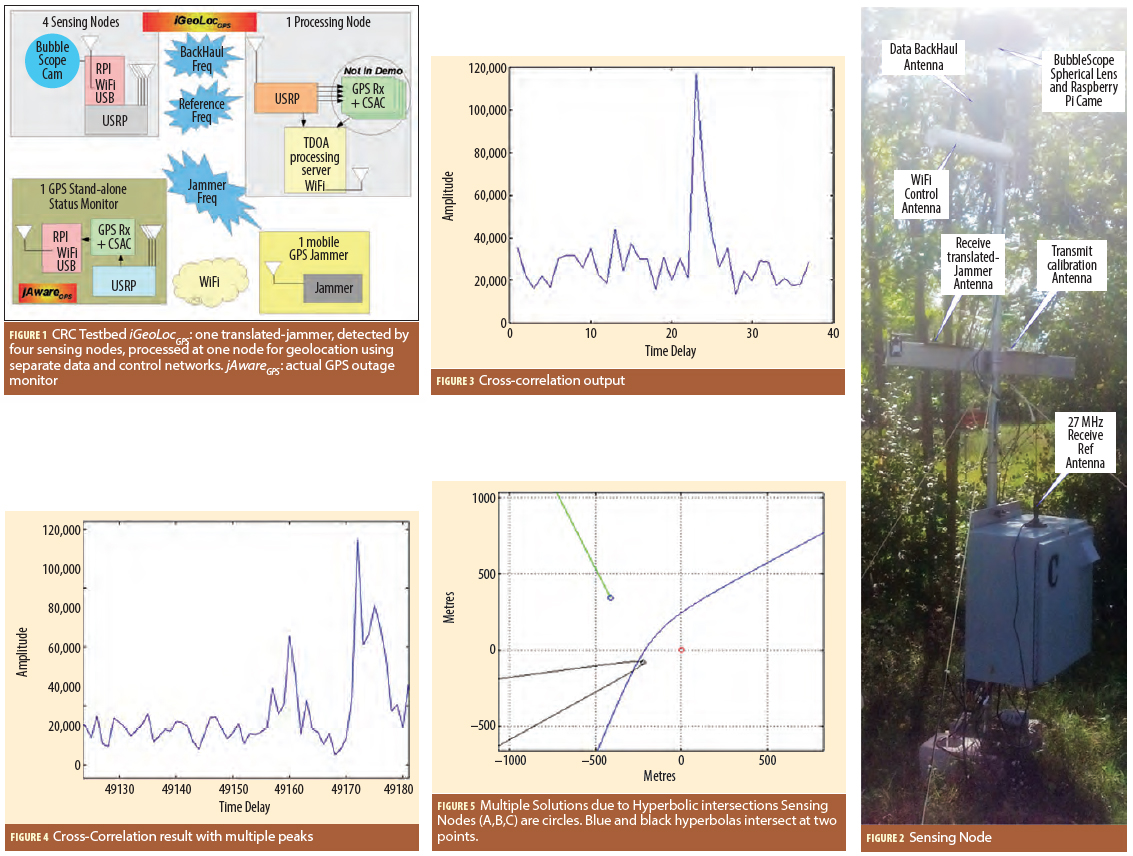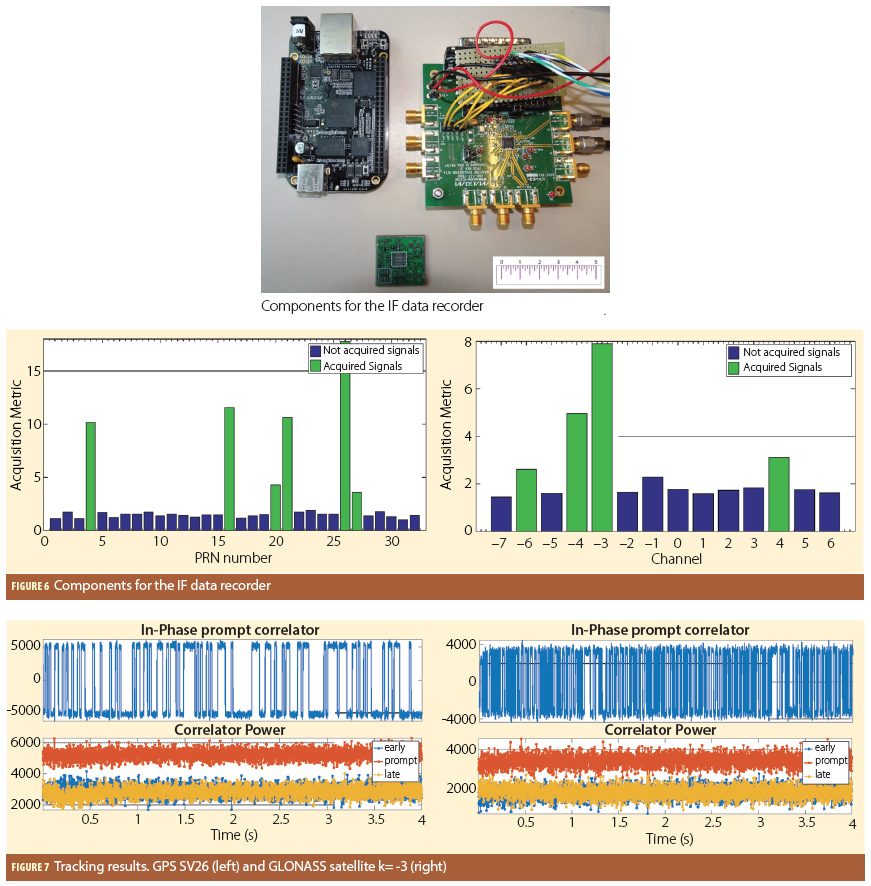Transportation Department Workshop To Cover Adjacent Band Compatibility, Receiver Testing
A U.S. Transportation Department (DoT) public workshop will address GNSS receiver testing results October 14 at RTCA, Inc., 1150 18th ST NW, Suite 910, in Washington, DC. The event begins at 10 a.m. and ends at 4 p.m.EDT.
Workshop members, as part of DoT’s fifth GPS Adjacent Band Compatibility Assessment (ABC) effort, will discuss GNSS receiver testing that includes non-certified aviation, cellular, general location and navigation, high precision and networks, timing, and space-based receivers, the agency said.
By Inside GNSS


